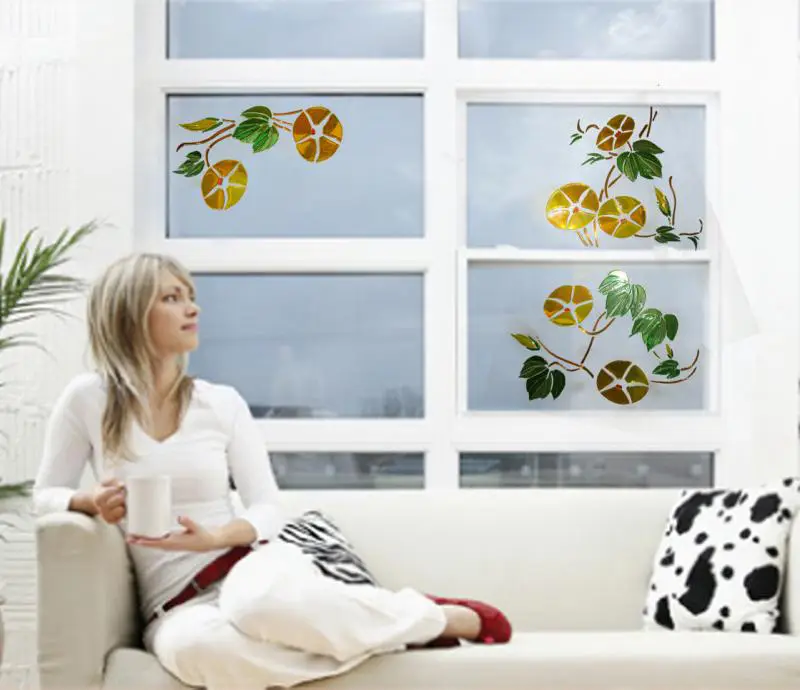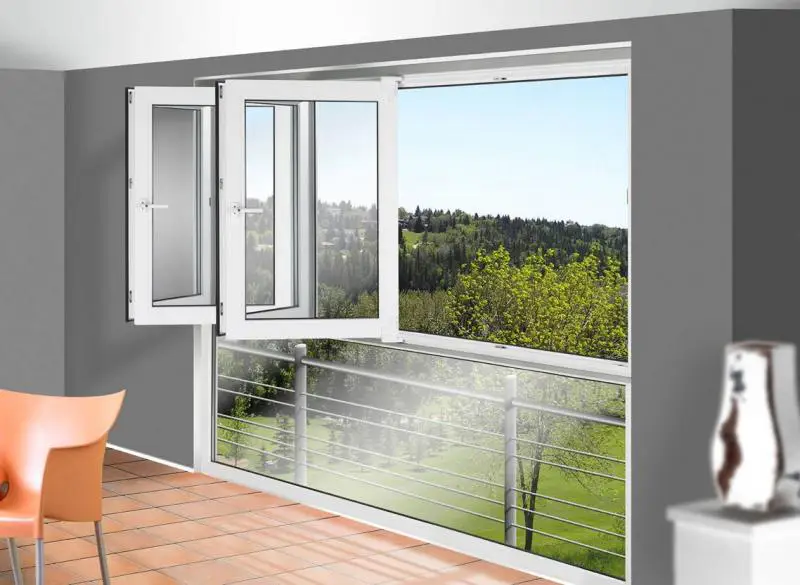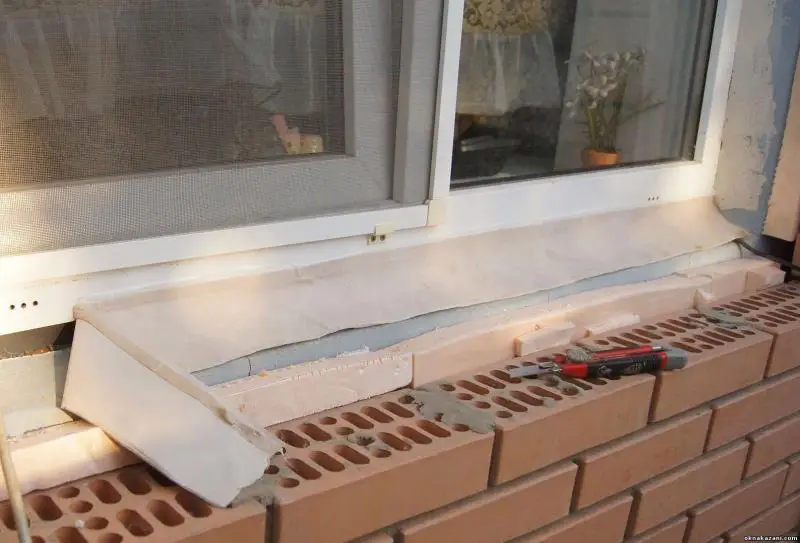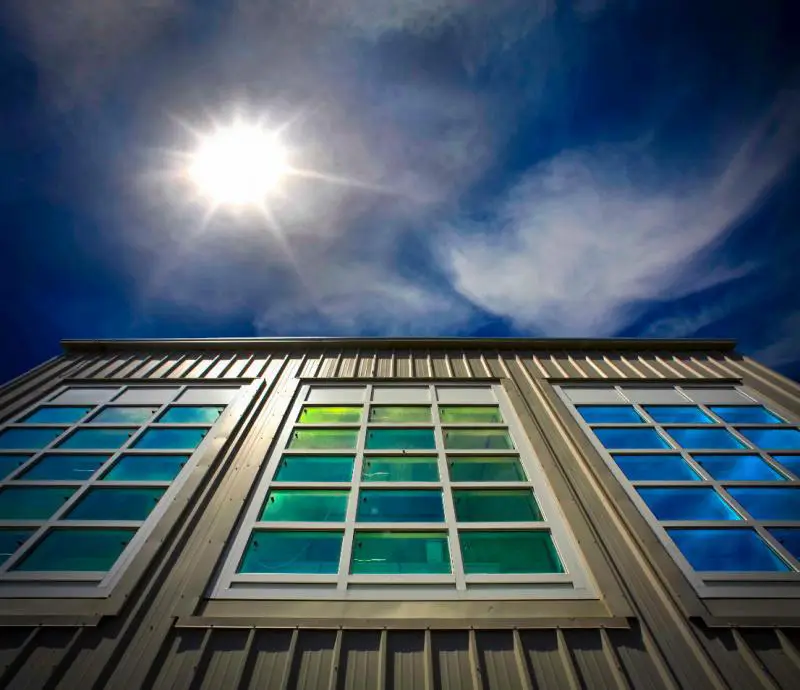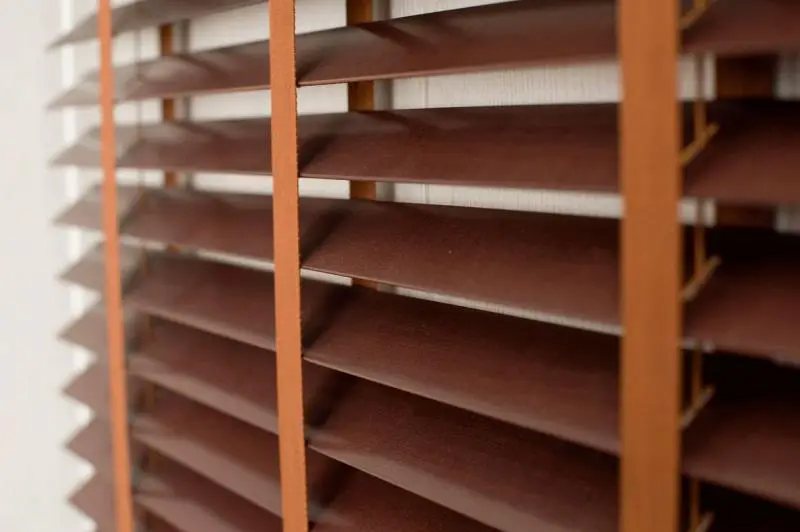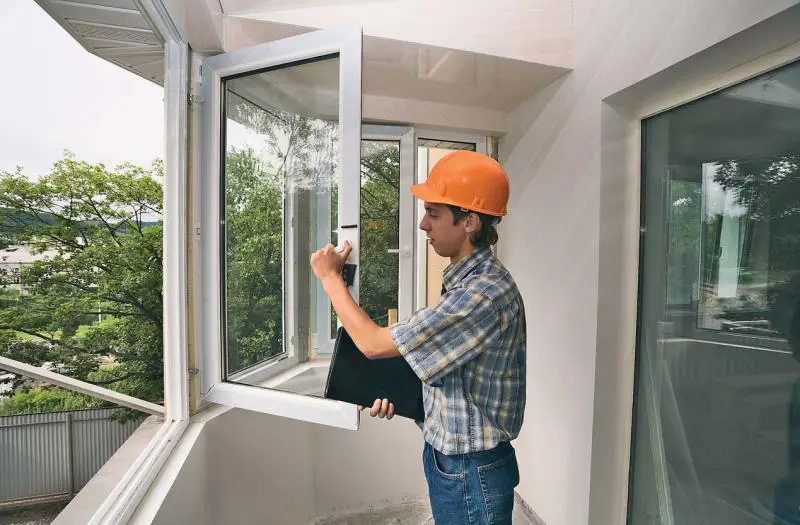There can be your advertisement
300x150
Roof Greening
Green roofs first appeared in Northern Europe in the 9th–10th centuries. At that time, a mixture of turf and moss created an additional thermal insulation layer. Moreover, it served as a natural fire prevention measure.
Since then, people began using plants and even trees to create green roofs on homes. This helps establish a peaceful atmosphere in the midst of busy city life.

There are several methods of roof greening. They differ in plant cultivation techniques and plant variety.
Types of Roof Greening
- Extensive greening. This method uses low-maintenance plants that can withstand wind, drought, and low temperatures. Perennial plants are preferred. For this type, a soil layer of no more than 20 cm is sufficient. It is commonly used for sheds, garages, warehouses, and similar structures.
- Intensive greening is used to create gardens and green corners on flat roofs. Almost any plant species, including trees, can be planted. A soil depth of at least 50 cm is required, ideally 75–80 cm. Naturally, this increases the load on the roof, but the result is worth it. Perennials, bulb plants, shrubs, and small trees can be planted. Such gardens require more careful maintenance, including watering, weeding, fertilizing, and even pruning.
- Sedum greening, or sedum carpet, is another method. Its distinctive feature is that it can be used not only on flat but also on sloped roofs. The soil layer is only 10 cm thick. Sedum plants are highly diverse and require minimal care.
- Lawn greening differs slightly from sedum. It requires more frequent watering and maintenance. However, grasses used in lawns are quite drought- and frost-resistant.
Roof Greening Techniques
Before starting roof greening, you must choose a method. This depends on roof slope, area, and personal preferences. Roof strength is also crucial, as the weight of soil, plants, equipment, and people will be concentrated on the structure.

Next, install a railing or fence. Proper drainage system design is essential. Depending on the area, a relaxation zone may also be placed on the roof.
If you plan to plant trees or shrubs, containers or planters are needed. You can buy them in stores or make them yourself. Store-bought planters are typically made from plastic, clay, wood, or other materials. Homemade ones are often made from wooden boards.
Choosing Plants for Roofs
It is crucial to choose the right plants for your roof. Consider soil depth and local climate conditions. Preferred trees include rowan, maple, cotoneaster, hawthorn, and juniper. Trees with distinctive leaf shapes are especially attractive, such as barberry, cinquefoil, and ivy. Almost any flowers and grasses can be grown on roofs.
Besides, pay attention to leaf and flower color. Avoid using only one plant type. Prefer light green and white tones. Even in a small garden, combine several colorful plants. Otherwise, the space may appear dull and uninteresting.

